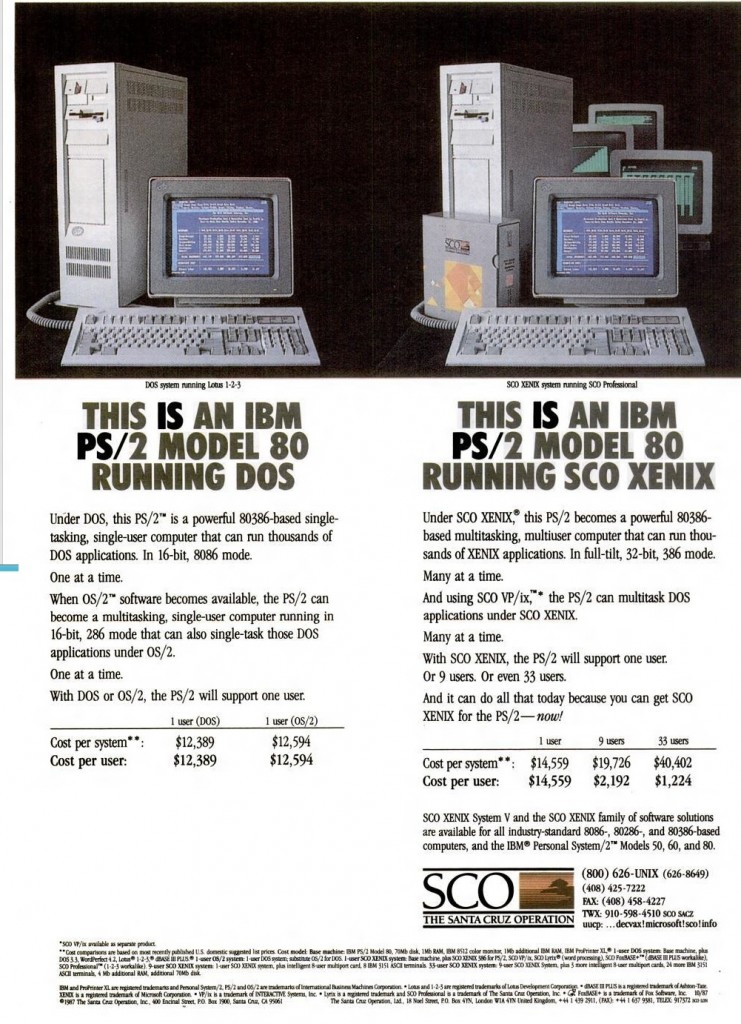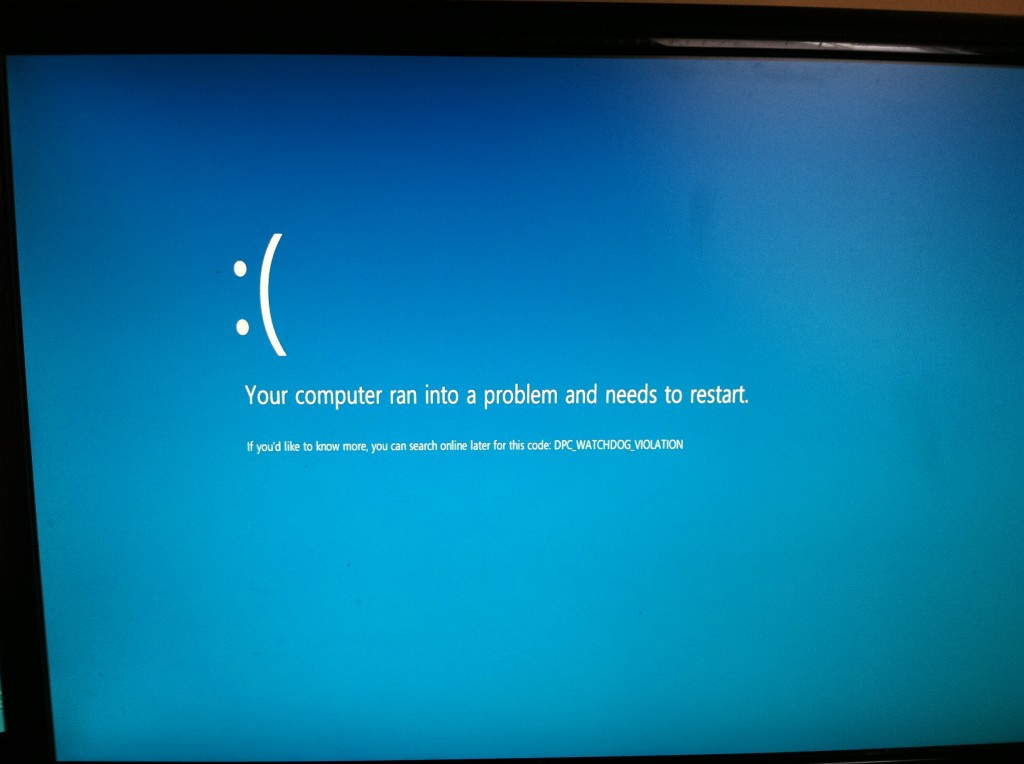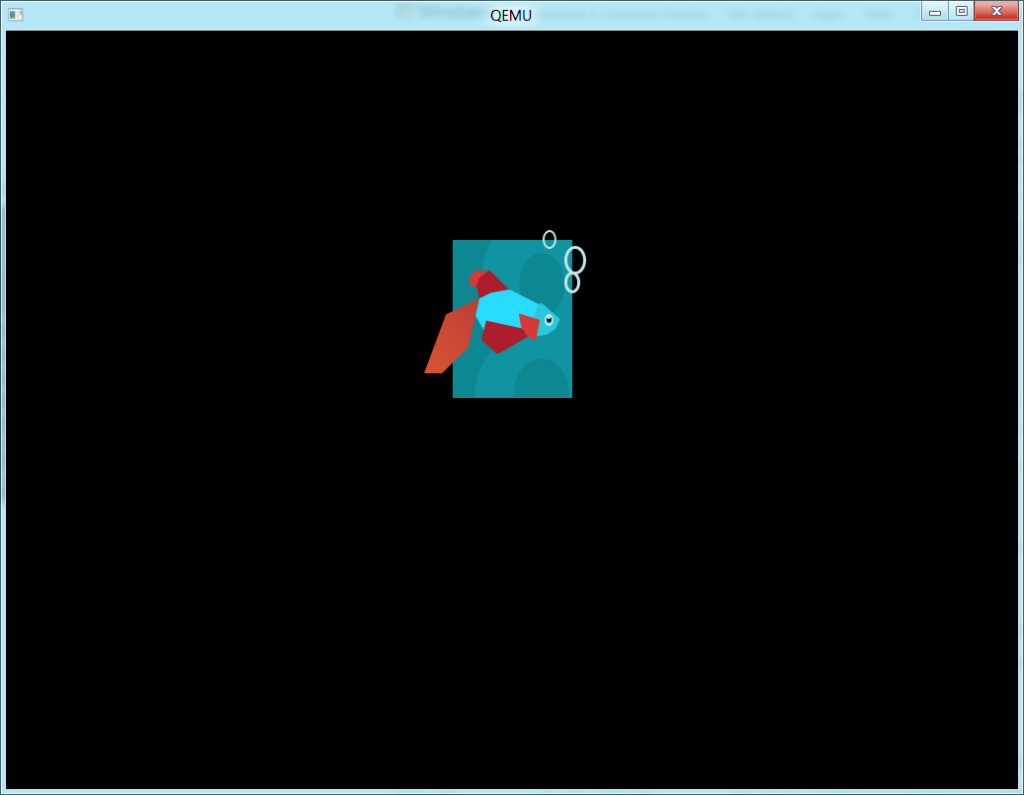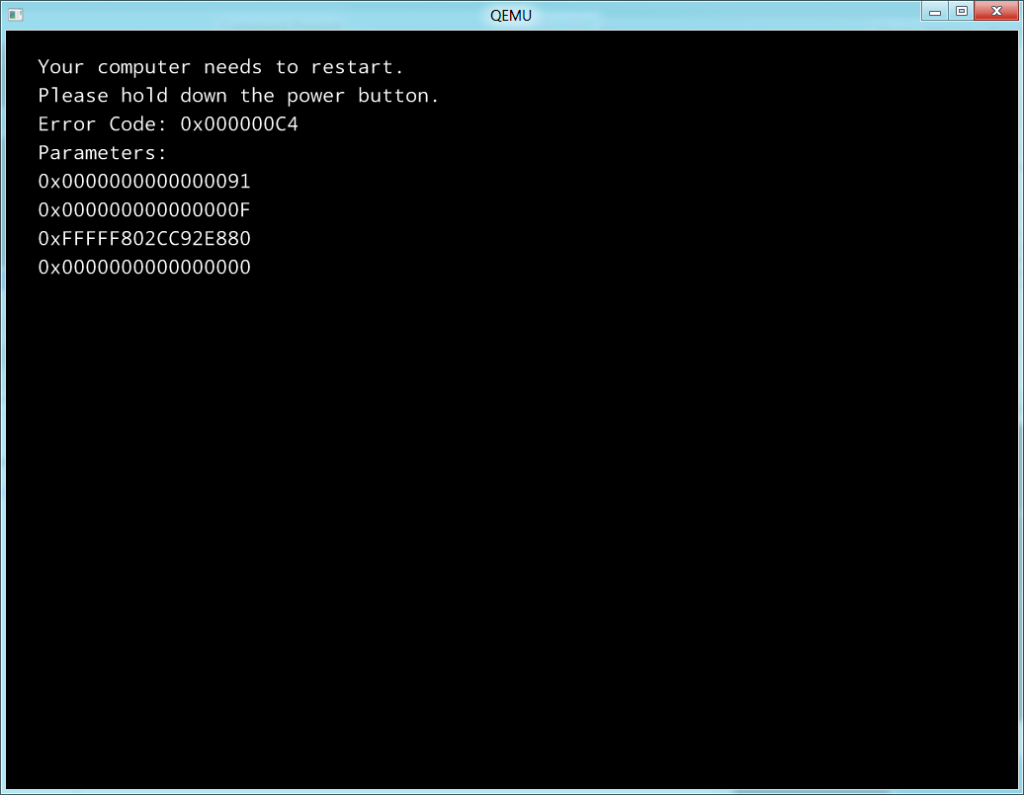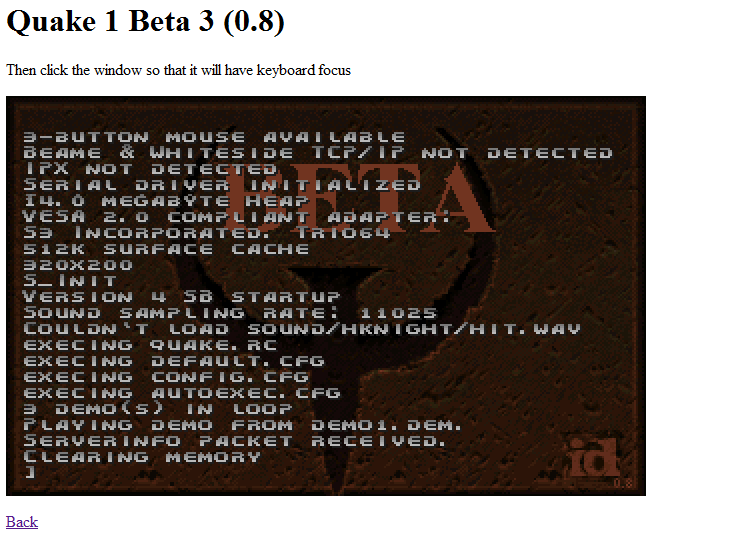“Why Didn’t the Internet Take Off In 1983?”
Well I’d say it was a few simple reasons. First the internet in 1983 was a very limited ARPANET, which was a big deal for an institution to get onto, let along an individual.
In the quick Slashdot post, they go on about the Viewtron service offered by AT&T. And why did it not become such a major success, where the internet trumped everything?
Its quite simple, nobody likes a walled garden. You can bet that AT&T wouldn’t allow people to just spout off their opinion wherever on their network. Even today there is a limit on what you can say on corporate networks, and on corporate systems. The big thing about the internet is that anyone can not only register a domain, but easily get access to server software and become their own ‘site’ on the internet independent of what large corporations may think, or wish.
The other thing to remember is the state of personal computing in 1983. While the rise of personal eight bit computing, there was no ‘open’ networking standards on which to build large scale networks. Because everything had to be licensed, and people were expected to pay big money for those technologies, people (hackers!) ended up writing them on their own. Even the mighty internet today is more so because of hackers, and not from major corporations. And fill the gap they did with what limited systems were available with BBSes and FIDONET.
What about UNIX?
While UNIX was a popular OS and the hackers dream, in 1983, getting a PC to run UNIX was a BIG endeavor, as the hardware was super expensive, and licensing was very restrictive. The big ‘player’ of course was Microsoft via SCO with Xenix. For example in 1983, an Apple Lisa was $9,999. And Xenix could easily set you back some $2000 for the OS alone.
Even by 1987 a decent Xenix machine could still set you back some $15,000! That would be $27,567.45 in 2010 dollars! And that is just a ‘runtime’ machine, no STREAMS, TCP/IP, and NO COMPILER!
This of course raises me to the next point about the lack of affordable 32bit general computing in 1983, and software. Even at the university level the kind of machine that was going to be connected to the internet was a massive ‘mid’ range machine like the VAX 11/780 running BSD Unix. Even back then BBN was trying to get its proprietary TCP/IP stack into a ‘base’ UNIX, which would further encumber the distribution of UNIX, while Bill Joy freed us all by providing BSD 4.2, and licensing it for free with only four clauses to be redistributed, and altered at will. Which was fantastic, but the hardware requirements vs what anyone could buy off the shelf was.. a massive gulf. While a VAX with 8 MB of ram, a 500MB disk, and an Ethernet adapter (which was again an open standard) would cost several hundred thousand dollars, the 68000 chip from Motorola was changing everything, and was democratizing network stations first with Apollo, then with SUN.
Heck even SUN was founded on trying to bring BSD 4.2 to the masses, and the SUN-1 didn’t even run BSD UNIX but rather a UniSoft port of UNIX v7. Even from the business plan, the expected price at retail was $7000.
Of course as good as the hardware was getting “affordable” where a workstation would cost as much as a mid level car, the software however was *NOT* free. This is where Richard Stallman stepped in with the FSF, and started to replace piece by piece all the software on SunOS with free & open equivalents. It wasn’t until 1991 that there was enough GNU/Free software from that end to even start to bootstrap a free system (Linux). Even the BSD people with their NET/2 release wasn’t ready until 1991 as well.
In addition take a look at this computer from 1991:
It is comparable to the $14,500 IBM PS/2 model 80, but at $2,295 it is something that the average user could afford. And even in 1991 there was the beginnings of free & Open UNIX via Linux & 386 BSD to run.
So as you can see with the rise of affordable 32bit computing, open software with open networking standards in software and hardware that made an open network prevalent.
As we move into the future the larger question to me is, are people going to accept the big networks trying to turn the clock backwards to these ‘gardens’ where you must obey your corporate owners, never speak ill of them, and live with all the censorship.. I still believe that what made the internet unique is that not only could you participate in a global network, but you could with little investment become part of it. Just as someone like me who had an issue with blogger being down for a protracted amount of time, was able to take my content and host it myself. Something you cannot do in the walled garden of networks.

